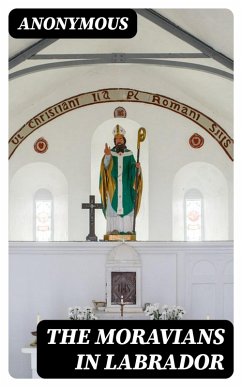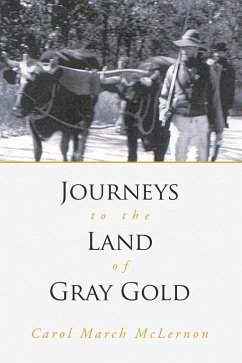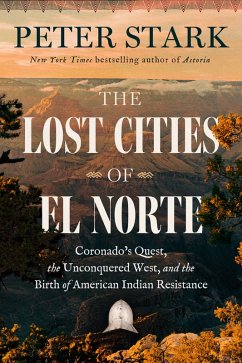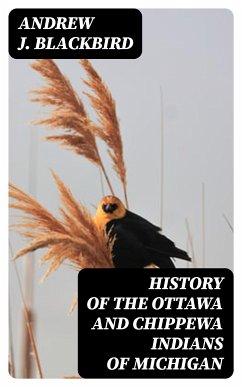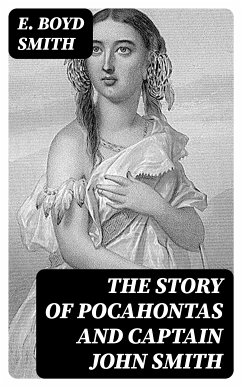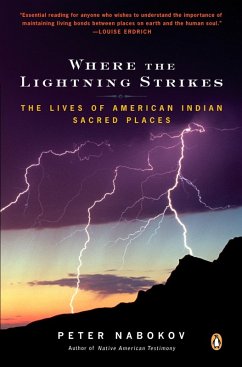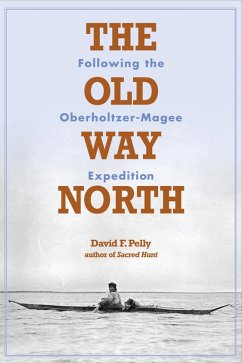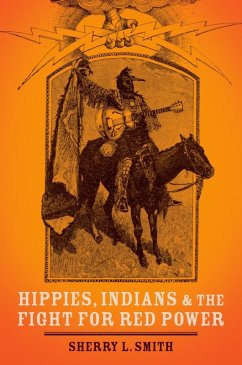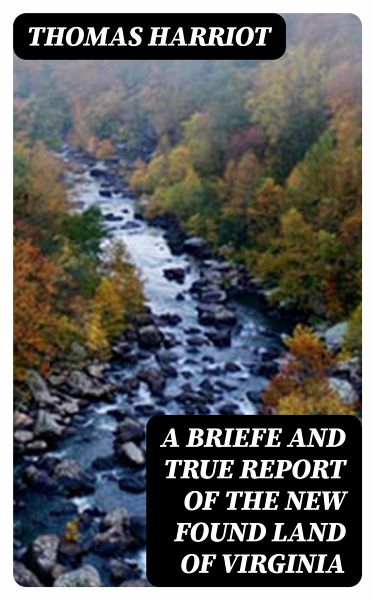
A Briefe and True Report of the New Found Land of Virginia (eBook, ePUB)

PAYBACK Punkte
0 °P sammeln!
In his seminal work, "A Briefe and True Report of the New Found Land of Virginia," Thomas Harriot adeptly combines observational rigor with an engaging narrative style to provide a comprehensive account of the English expedition to North America. Written in 1588, the text offers detailed descriptions of the geography, flora, fauna, and Indigenous populations of Virginia, showcasing Harriot's commitment to empirical observation amid the fervent imaginations of Elizabethan literature. This early work of colonial documentation reflects the scientific curiosity of its time while also engaging with...
In his seminal work, "A Briefe and True Report of the New Found Land of Virginia," Thomas Harriot adeptly combines observational rigor with an engaging narrative style to provide a comprehensive account of the English expedition to North America. Written in 1588, the text offers detailed descriptions of the geography, flora, fauna, and Indigenous populations of Virginia, showcasing Harriot's commitment to empirical observation amid the fervent imaginations of Elizabethan literature. This early work of colonial documentation reflects the scientific curiosity of its time while also engaging with the broader themes of exploration and cultural encounter that define the period's literature. Thomas Harriot was not only a noted mathematician and astronomer but also a significant figure in the early encounters between Europeans and Native Americans. His involvement in the Roanoke Colony expedition and relationships with Indigenous peoples informed his writing, allowing him to provide insights that were both informative and illuminating, bridging two vastly different worlds. Harriot's intellectual background and his position in the scientific revolution contributed to the distinctive blend of factual observation and narrative flair evident in his work. "A Briefe and True Report of the New Found Land of Virginia" is highly recommended for readers interested in the complexities of early colonial exploration and the interface between European and Native American cultures. Harriot's unique perspective and meticulous detail make this work not only a foundational text in American literature but also essential reading for anyone seeking to understand the legacies of colonialism and the early scientific discourse surrounding it.
Dieser Download kann aus rechtlichen Gründen nur mit Rechnungsadresse in A, B, BG, CY, CZ, D, DK, EW, E, FIN, F, GR, H, IRL, I, LT, L, LR, M, NL, PL, P, R, S, SLO, SK ausgeliefert werden.





